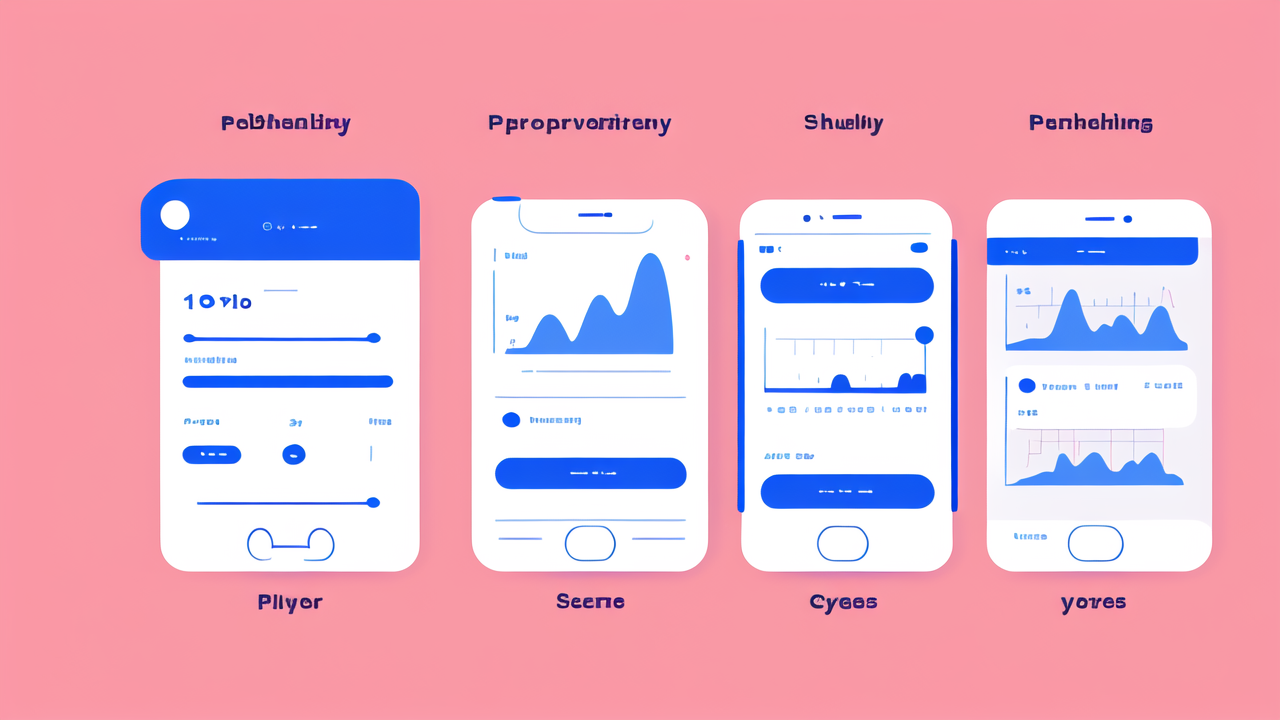Understanding the Market: The Rise of Smart Wearables in the United States
A Brief History of Wearable Technology
Wearable tech has come a long way since the first digital watch in the 1970s. In the 1980s, we saw early fitness trackers. The 2000s brought us Bluetooth headsets and the first smartwatches. But the real boom started in the 2010s.

Fitbit launched its first clip-on tracker in 2009. This kicked off the fitness wearables trend. Apple joined the game in 2015 with the Apple Watch. It changed the smartwatch market forever. Since then, we've seen rapid growth in smart wearables.
Today, we have smart rings, glasses, and even clothing. The focus has shifted from just tracking steps to monitoring overall health. Wearables now offer features like heart rate monitoring, sleep tracking, and even ECG readings.
Analyzing Current Trends in the Wearable Device Industry
The wearable market is booming, with smart bracelets leading the charge. Here are some key trends:
- Health focus: Devices now track more health metrics than ever before.
- Integration: Wearables are working better with smartphones and other devices.
- Longer battery life: New tech is making devices last longer between charges.
- Fashion-forward: Wearables are becoming more stylish and customizable.
- AI integration: Devices are getting smarter, offering personalized insights.
Smart bracelets are no longer just step counters. They're now comprehensive health monitors. Many can track sleep, stress levels, and even blood oxygen. Some even offer features like contactless payments and music control.
The Demographics of Smart Wearable Adoption
Smart wearables are gaining popularity across all age groups. However, some trends stand out:
- Young adults (18-34) are the biggest adopters of smart bracelets and watches.
- Older adults (55+) are increasingly using wearables for health monitoring.
- Men tend to buy more smartwatches, while women prefer fitness trackers.
- Higher income groups are more likely to own multiple wearable devices.
Interestingly, health concerns are driving adoption among older users. They use wearables to track vitals and medication schedules. Younger users, on the other hand, are drawn to fitness features and smart notifications.
Innovations in Smart Bracelets and Their Impact
Pioneering Technologies in Smart Bracelets
Smart bracelets are at the forefront of wearable innovation. Here are some groundbreaking features:

- Advanced sensors: New sensors can measure blood pressure and body temperature.
- ECG monitoring: Some bracelets can now take ECG readings, detecting heart issues early.
- Stress tracking: Using heart rate variability, devices can now measure stress levels.
- Sleep analysis: Detailed sleep stage tracking helps users improve their rest.
- GPS tracking: Built-in GPS allows for accurate workout tracking without a phone.
These innovations are making smart bracelets more like mini health labs on your wrist. They're not just for fitness enthusiasts anymore. They're becoming essential health tools for many.
How Smart Bracelets are Changing Lifestyle and Wellness
Smart bracelets are reshaping how we approach health and wellness. They're making us more aware of our daily habits. Here's how:
- Activity tracking motivates people to move more throughout the day.
- Sleep insights help users improve their sleep quality and duration.
- Stress monitoring encourages mindfulness and relaxation techniques.
- Heart rate alerts can warn of potential health issues.
- Menstrual cycle tracking helps women better understand their bodies.
These devices are turning passive wearers into active participants in their health. They provide real-time data that can lead to better lifestyle choices. Many users report feeling more in control of their health with these tools.
The Role of AI and Machine Learning in Wearable Devices
AI and machine learning are making smart bracelets even smarter. They're turning raw data into actionable insights. Here's how:
- Personalized recommendations: AI analyzes your data to suggest tailored fitness plans.
- Predictive health: ML models can predict potential health issues based on your data.
- Adaptive coaching: AI coaches adjust your goals based on your progress and habits.
- Anomaly detection: ML can spot unusual patterns in your health data, alerting you early.
- Natural language processing: Some devices now understand voice commands.
These AI features are making smart bracelets more like personal health assistants. They're not just collecting data, but interpreting it in meaningful ways. This is helping users make more informed decisions about their health and fitness.
Challenges and Opportunities for Smart Bracelet Manufacturers
Navigating the Competitive Landscape of Wearable Devices
The smart bracelet market is highly competitive. Here are the main challenges:

- Standing out: With many similar products, unique features are crucial.
- Price pressure: Balancing advanced tech with affordable prices is tough.
- Battery life: Users want more features but also longer battery life.
- Accuracy: Ensuring reliable health data is vital for trust and adoption.
- Integration: Devices must work well with various phones and apps.
Opportunities also exist. Niche markets, like devices for specific health conditions, are growing. Partnerships with health providers could open new doors. Focusing on data accuracy and privacy could also be a winning strategy.
Regulatory Hurdles and Privacy Concerns in the Wearable Space
As smart bracelets collect more health data, they face increased scrutiny. Key issues include:
- Data privacy: Ensuring user data is securely stored and transmitted.
- Health regulations: Meeting FDA standards for health monitoring devices.
- HIPAA compliance: Properly handling sensitive health information.
- International standards: Navigating different rules in global markets.
- Ethical AI: Ensuring AI recommendations are fair and unbiased.
These challenges are also opportunities. Companies that handle these issues well can gain user trust. This could lead to a competitive advantage in the long run.
Future Outlook: What's Next for Smart Wearable Technology?
The future of smart wearables looks exciting. Here are some potential developments:
- Non-invasive blood glucose monitoring for diabetics.
- Advanced emotion recognition through biometric data.
- Integration with smart home systems for holistic health management.
- Augmented reality features in smart glasses and contact lenses.
- Biodegradable materials for more eco-friendly devices.
We may also see more focus on preventive health care. Wearables could play a big role in early disease detection. The line between medical devices and consumer wearables may blur.
As technology advances, smart bracelets and other wearables will become more powerful. They'll likely become an even more integral part of our daily lives and health management.




Leave a comment
This site is protected by hCaptcha and the hCaptcha Privacy Policy and Terms of Service apply.